Buy this modern artwork Karl Wilhelm Diefenbach, Island of the Dead, ca 1905 by Atelier Liesjes on canvas, ArtFrame, poster and wallpaper, printed on demand in high quality.
About "Karl Wilhelm Diefenbach, Island of the Dead, ca 1905"
by Atelier Liesjes
About the artwork
A mythical picture of the island of the dead to which a person is rowed in a rowboat under a dark sky. Lugubrious mythology from a forgotten time about death.
The Island of the Dead is based on an old Italian legend about a deceased person who steps into his own coffin. There are also recognizable associations with Greek mythology. The standing figure can be interpreted as an ancient priest, the dark water evokes the image of the river Styx over which the deceased were rowed to the realm of the dead. The windows in the rock suggest the idea of a tomb.
The main theme of the painting can be characterized as: the transition from life to death. Böcklin's interpretation does not give any reference to physical decay, in line with the taboo prevailing at the time: death was not discussed, let alone the deterioration of the body. An image was created as if life after death continued seamlessly, at the time also taking shape in monumental grave monuments for the wealthy. Böcklin's work also fits into that thinking.
Death Island (German: Die Toteninsel) is a series of paintings by the Swiss painter Arnold Böcklin (1827-1901). That must be what this work is based on.
Karl Wilhelm Diefenbach (21 February 1851, Hadamar, then part of the Duchy of Nassau, now Hesse - 15 December 1913) was a German painter and social reformer. He was a pioneer of the naturist and peace movements. His ideas included living in harmony with nature and rejection of monogamy, turning away from any religion (although he was a theologian) and a vegetarian diet.
As a painter, Diefenbach was an independent representative of symbolism.

About Atelier Liesjes
Art for sale. Shop with photos and art as wall decoration. Posters, metal (aluminium or steel), glass, canvas, photo print, wood, framed, canvas, photo wallpaper or garden canvas.
The collection of wall decoration or wall decorations is very broad, from nature through..
Read more…
 Netherlands
Netherlands Ordered in August 2019
Ordered in August 2019
 Germany
Germany Ordered in June 2022
Ordered in June 2022
 Netherlands
Netherlands Ordered in October 2023
Ordered in October 2023
 Germany
Germany Ordered in March 2021
Ordered in March 2021
 Netherlands
Netherlands Ordered in May 2020
Ordered in May 2020
 Netherlands
Netherlands Ordered in August 2022
Ordered in August 2022
 Netherlands
Netherlands Ordered in December 2024
Ordered in December 2024
 Netherlands
Netherlands Ordered in May 2021
Ordered in May 2021
 Netherlands
Netherlands Ordered in October 2020
Ordered in October 2020
 Germany
Germany Ordered in March 2019
Ordered in March 2019
 Netherlands
Netherlands Ordered in June 2022
Ordered in June 2022
 Germany
Germany Ordered in October 2023
Ordered in October 2023
About the material
ArtFrame™
Interchangeable Art Prints
- High-quality print
- Easily interchangeable
- Acoustic function
- Large sizes available
Discover the artworks of Atelier Liesjes
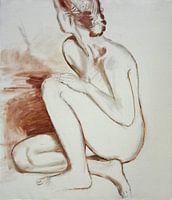 Nude sexy woman crouching, Hubertine HeijermansAtelier Liesjes
Nude sexy woman crouching, Hubertine HeijermansAtelier Liesjes India, manAtelier Liesjes
India, manAtelier Liesjes The farmer's wife, naked model posing as a pinup in a windowAtelier Liesjes
The farmer's wife, naked model posing as a pinup in a windowAtelier Liesjes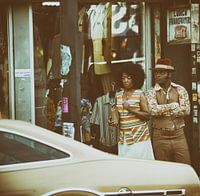 two people in a shopping street in the 70sAtelier Liesjes
two people in a shopping street in the 70sAtelier Liesjes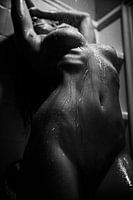 The beauty; Erotic nude in the showerAtelier Liesjes
The beauty; Erotic nude in the showerAtelier Liesjes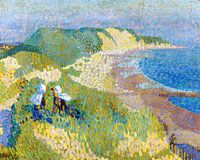 Sea and dunes near Zoutelande, Jan Toorop,Atelier Liesjes
Sea and dunes near Zoutelande, Jan Toorop,Atelier Liesjes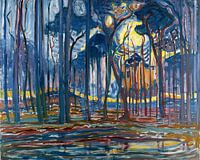 Piet Mondriaan, Bosch; Bos bij Oele, 1908Atelier Liesjes
Piet Mondriaan, Bosch; Bos bij Oele, 1908Atelier Liesjes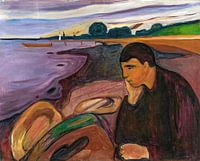 Edvard Munch, melancholy, 1896Atelier Liesjes
Edvard Munch, melancholy, 1896Atelier Liesjes Peace with Mars and Venus, Lagrenée l'aîné - 1770Atelier Liesjes
Peace with Mars and Venus, Lagrenée l'aîné - 1770Atelier Liesjes Costumed ball, Max RabesAtelier Liesjes
Costumed ball, Max RabesAtelier Liesjes Reclining Nude, George Hendrik Breitner - 1887Atelier Liesjes
Reclining Nude, George Hendrik Breitner - 1887Atelier Liesjes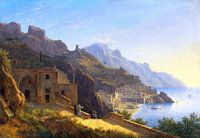 View of the Capuchin Monastery near Amalfi, CARL MORGENSTERN, 1840Atelier Liesjes
View of the Capuchin Monastery near Amalfi, CARL MORGENSTERN, 1840Atelier Liesjes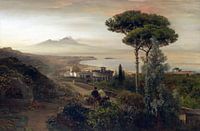 Vesuvius and Bay of Naples, OSWALD ACHENBACH, 1884Atelier Liesjes
Vesuvius and Bay of Naples, OSWALD ACHENBACH, 1884Atelier Liesjes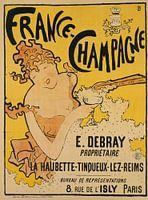 Poster with advertisement for France-Champagne - Pierre Bonnard, 1889-1897Atelier Liesjes
Poster with advertisement for France-Champagne - Pierre Bonnard, 1889-1897Atelier Liesjes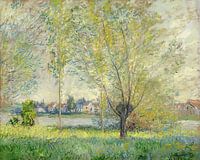 Willows in a landscape, Claude Monet (1880)Atelier Liesjes
Willows in a landscape, Claude Monet (1880)Atelier Liesjes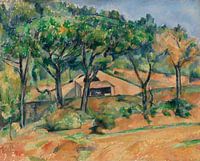 House in Provence, Paul Cézanne (ca.1890)Atelier Liesjes
House in Provence, Paul Cézanne (ca.1890)Atelier Liesjes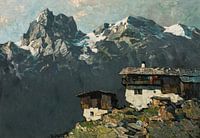 Oskar Mulley, Mountain farm, ca 1930Atelier Liesjes
Oskar Mulley, Mountain farm, ca 1930Atelier Liesjes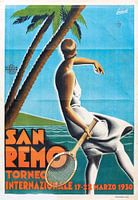 San Remo - International tournament, Gino Boccasile, 1930Atelier Liesjes
San Remo - International tournament, Gino Boccasile, 1930Atelier Liesjes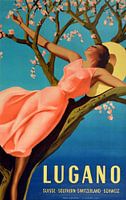 Gino Boccasile, Travel poster Lugano Suisse South Switzerland Schweiz, 1939Atelier Liesjes
Gino Boccasile, Travel poster Lugano Suisse South Switzerland Schweiz, 1939Atelier Liesjes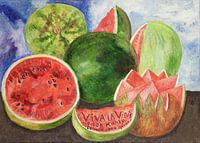 Frida, Viva la vida, 1954Atelier Liesjes
Frida, Viva la vida, 1954Atelier Liesjes
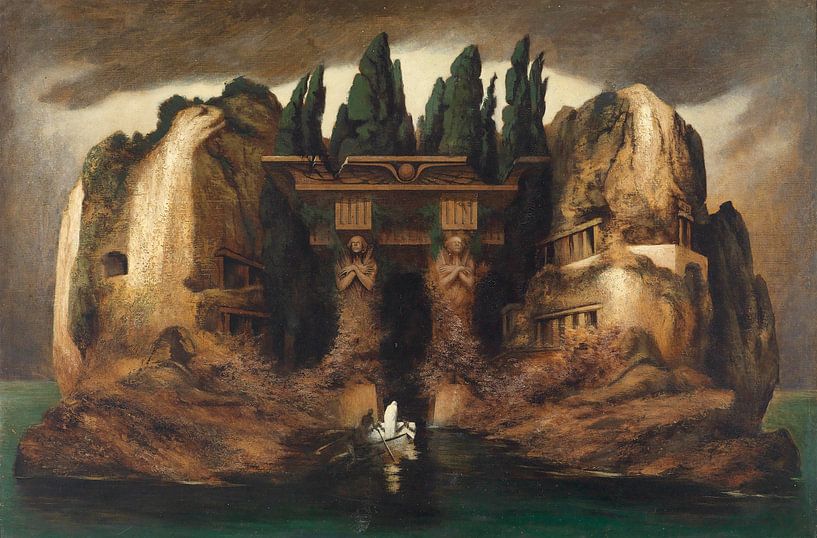
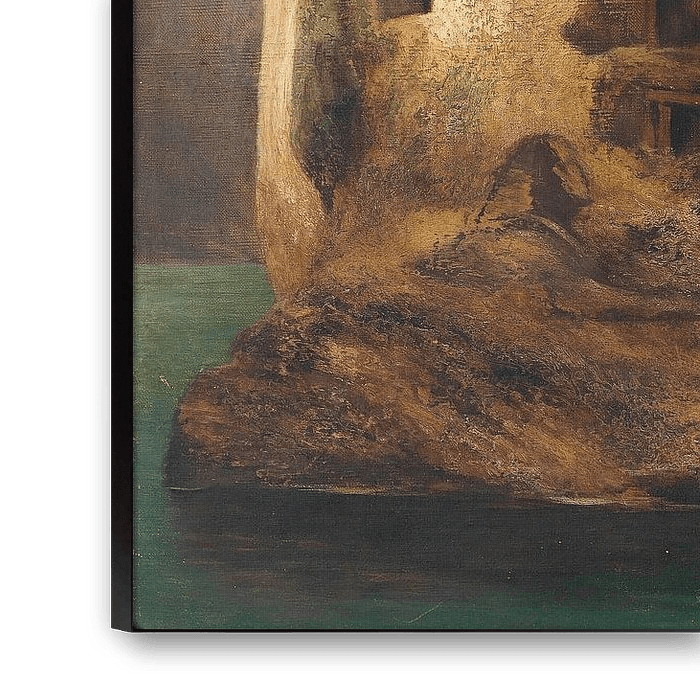

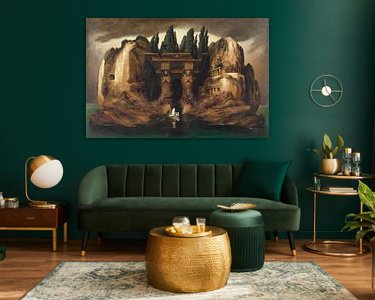


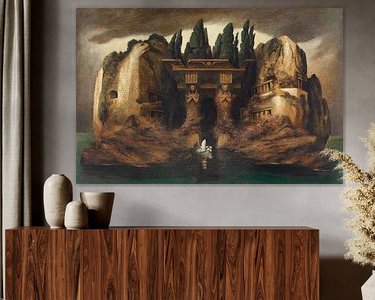

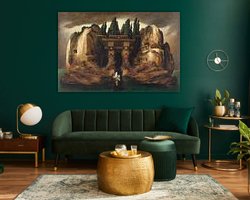

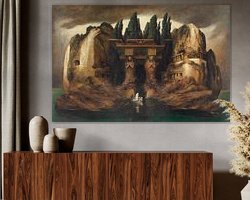
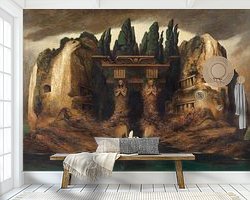
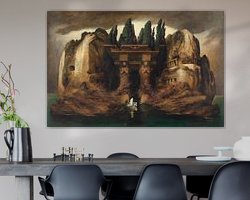
 Dreamy Escapes
Dreamy Escapes Modern
Modern Mysterious Spheres
Mysterious Spheres Mythology
Mythology Serene Peace
Serene Peace









